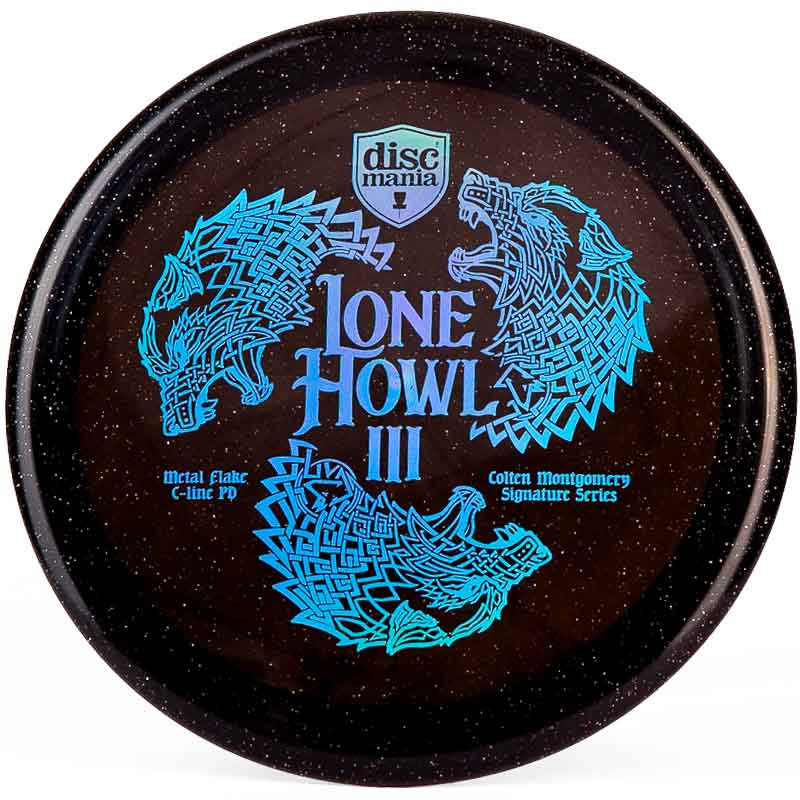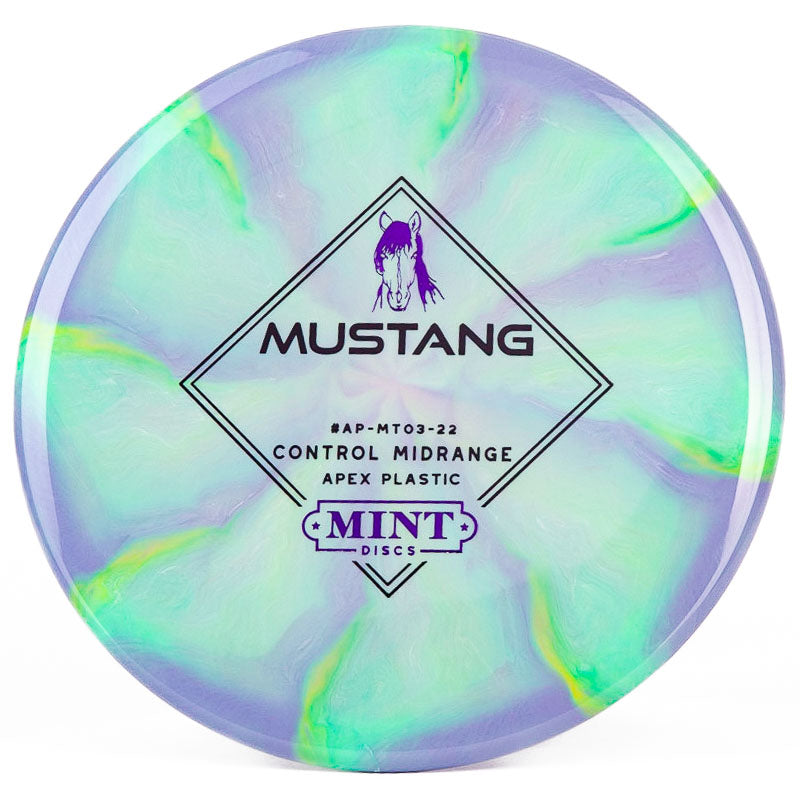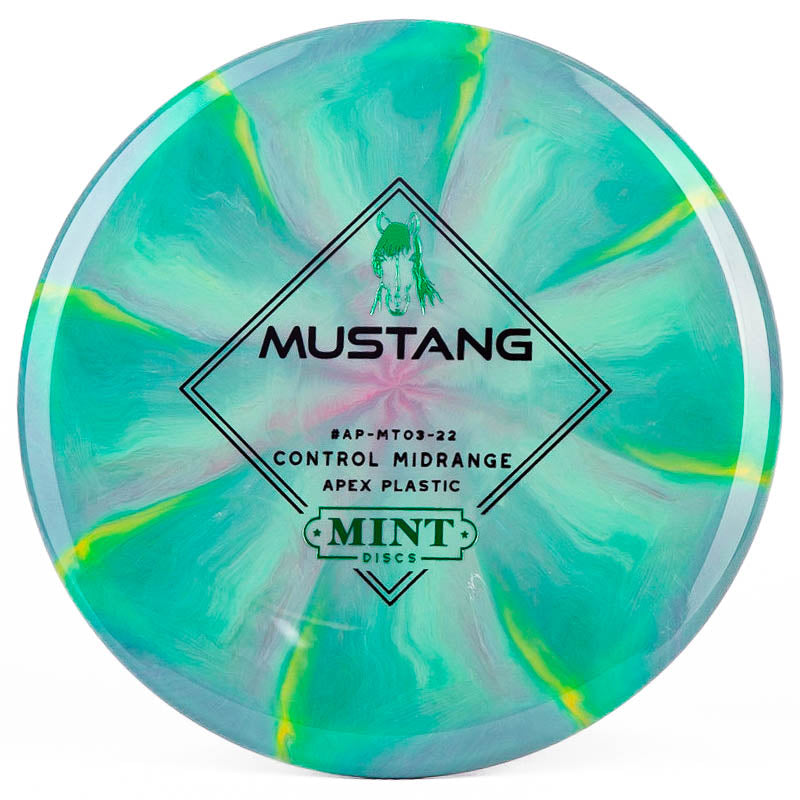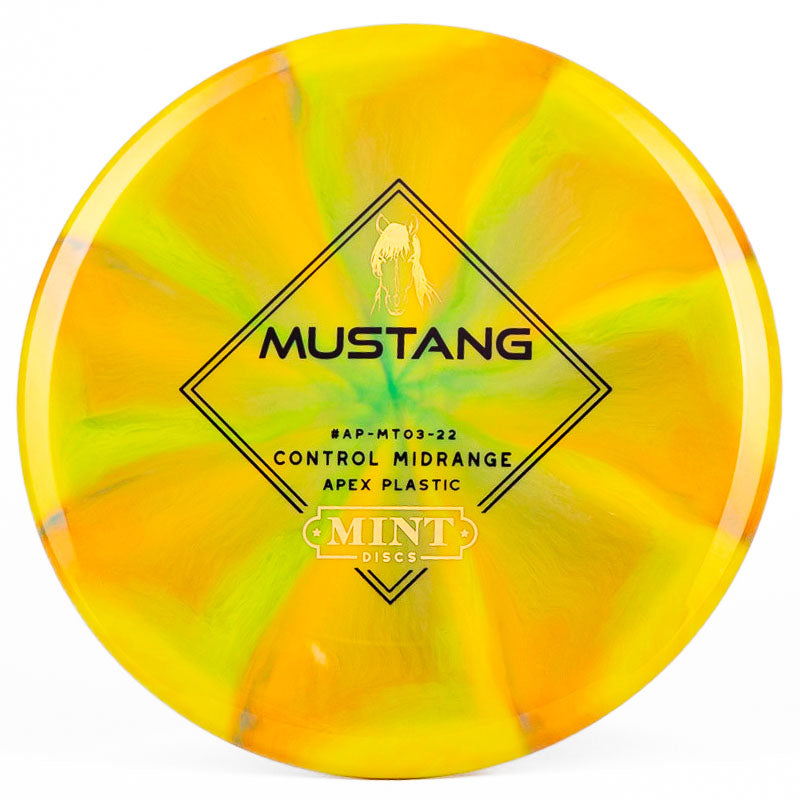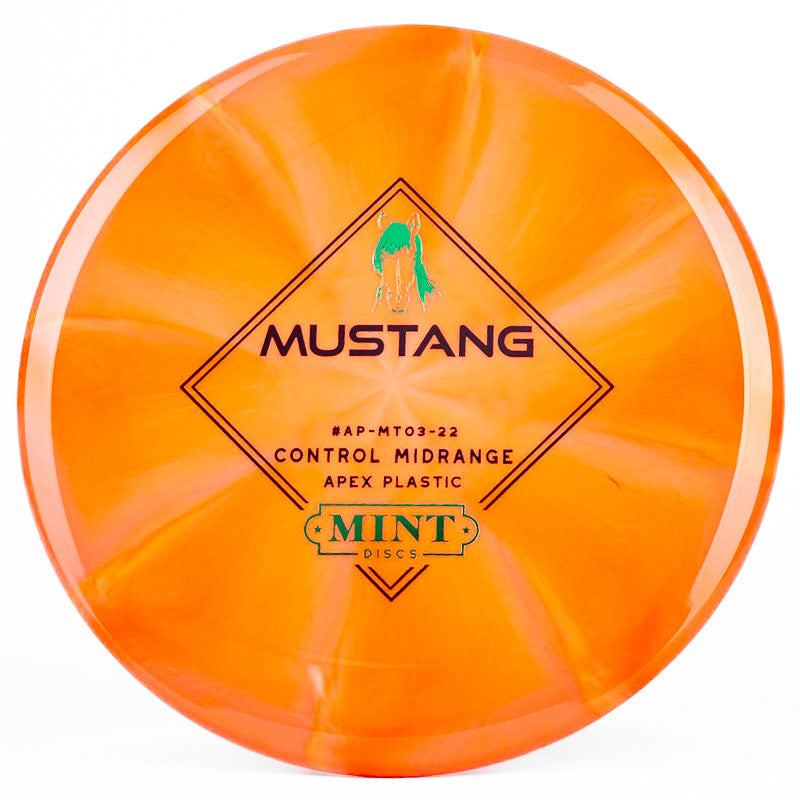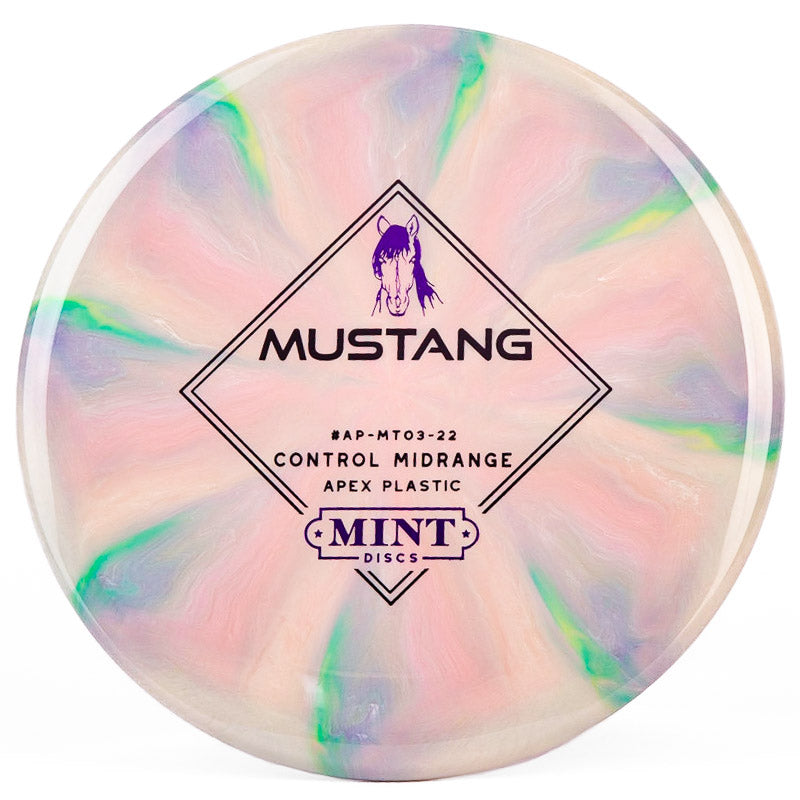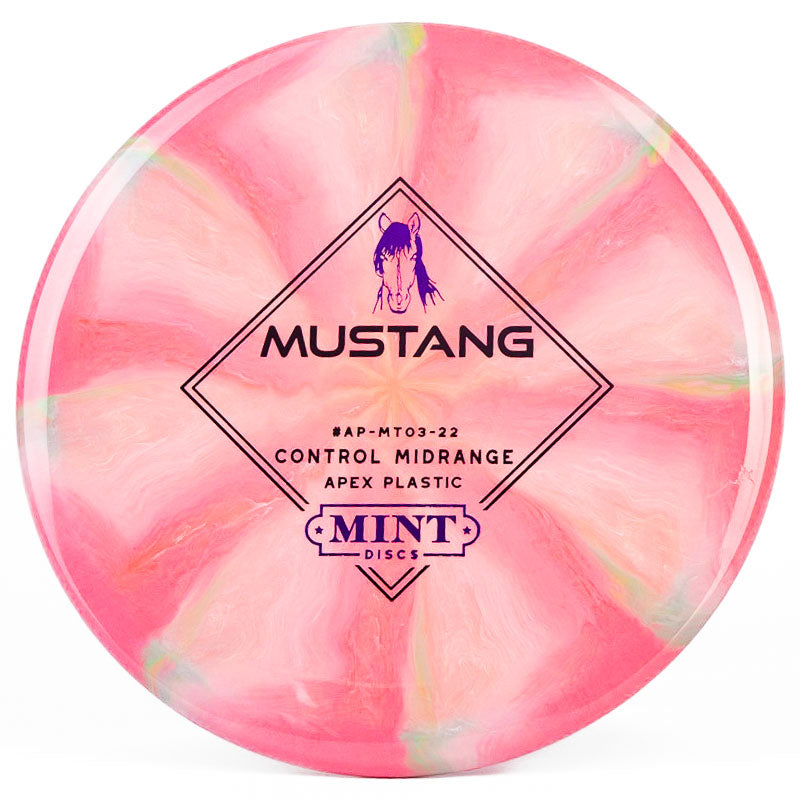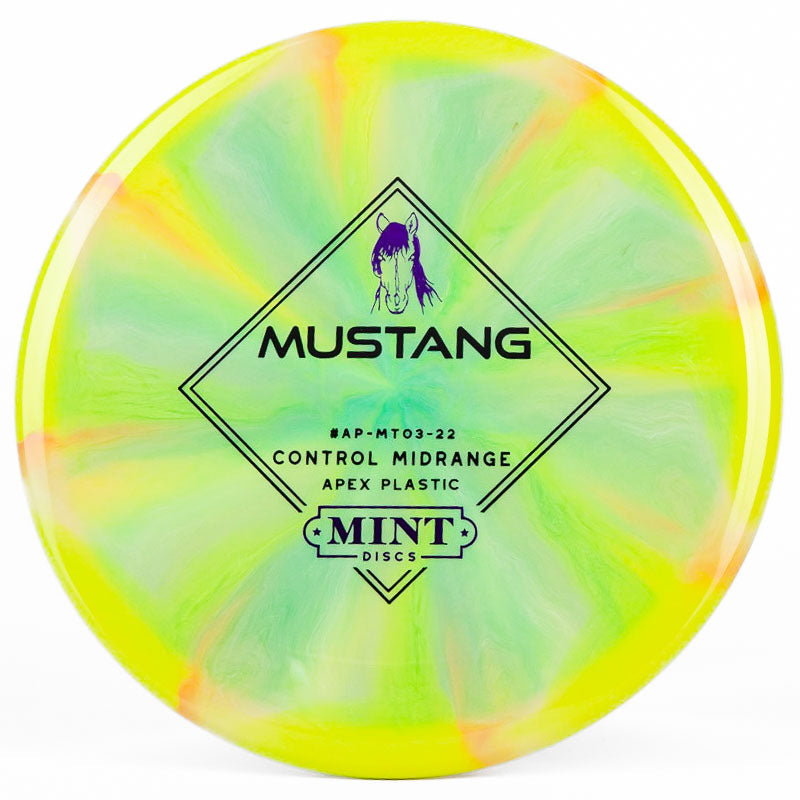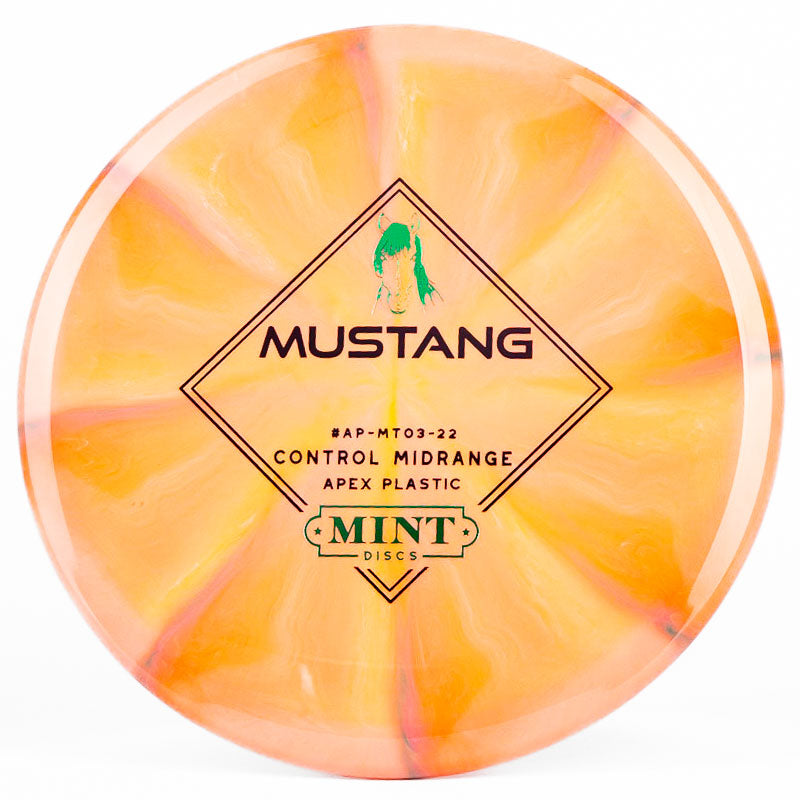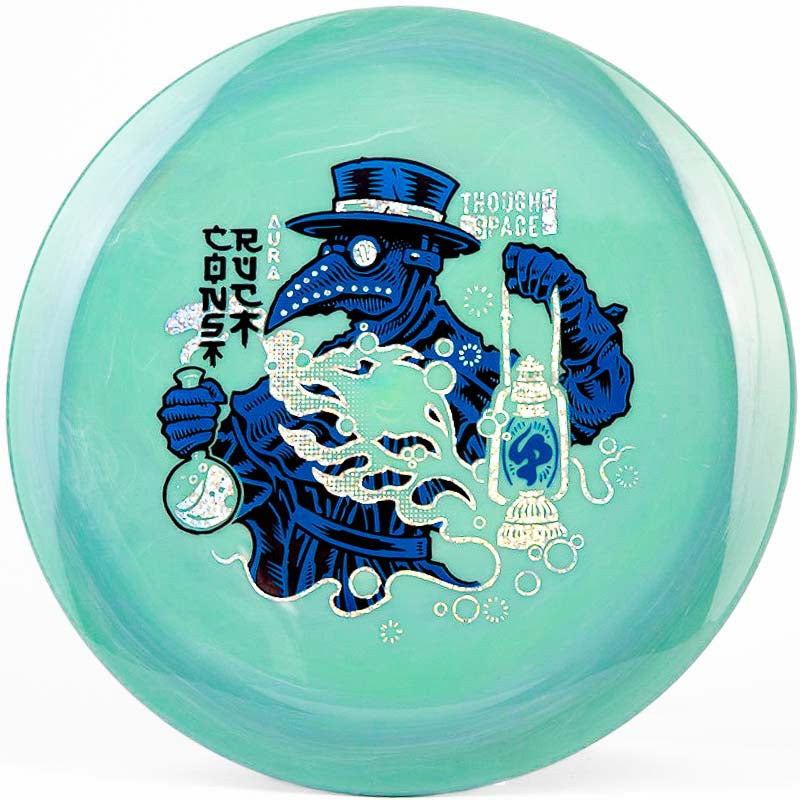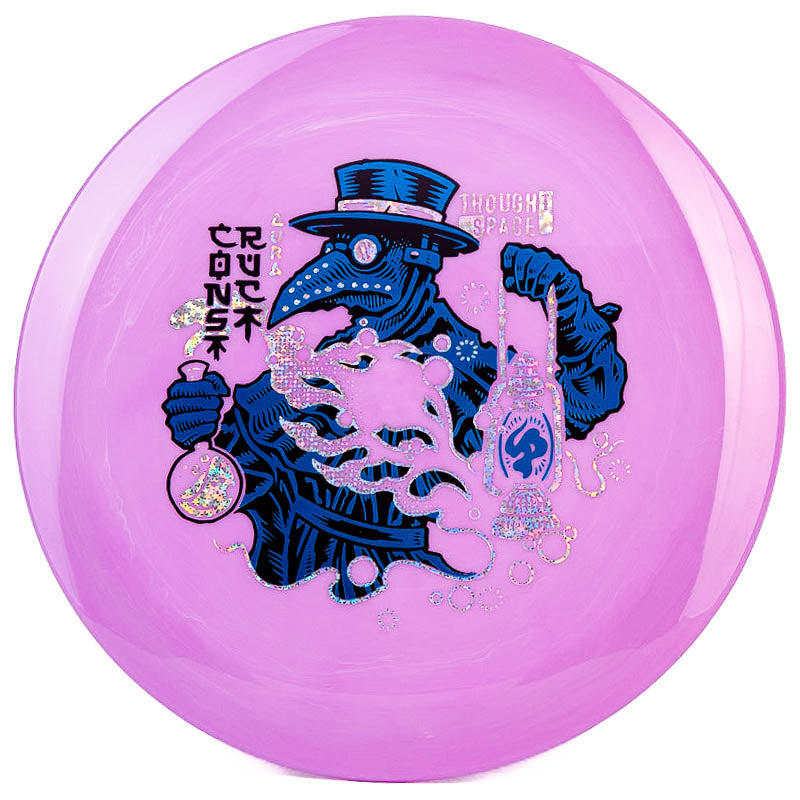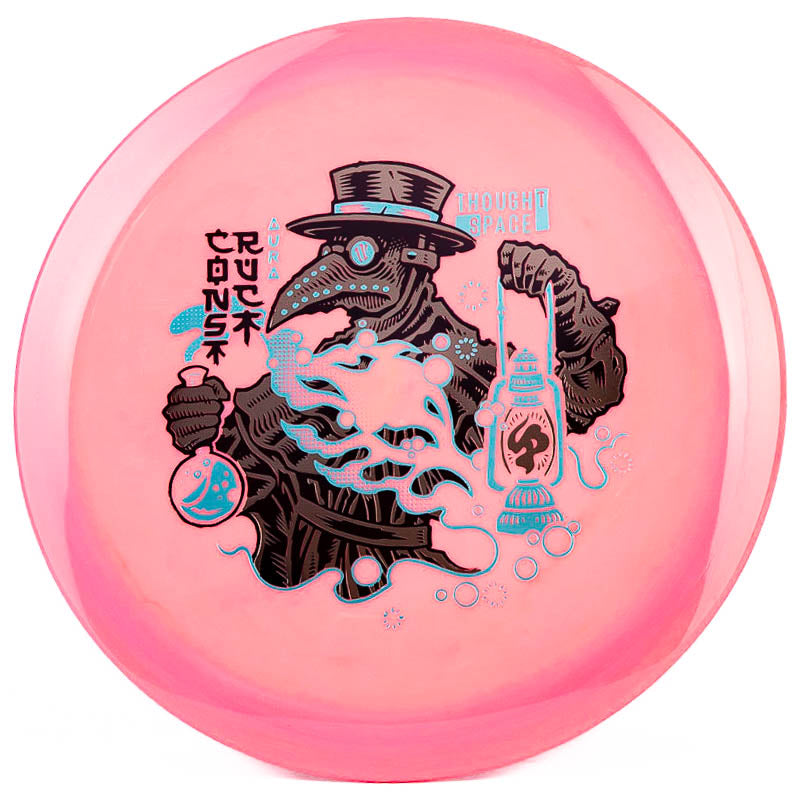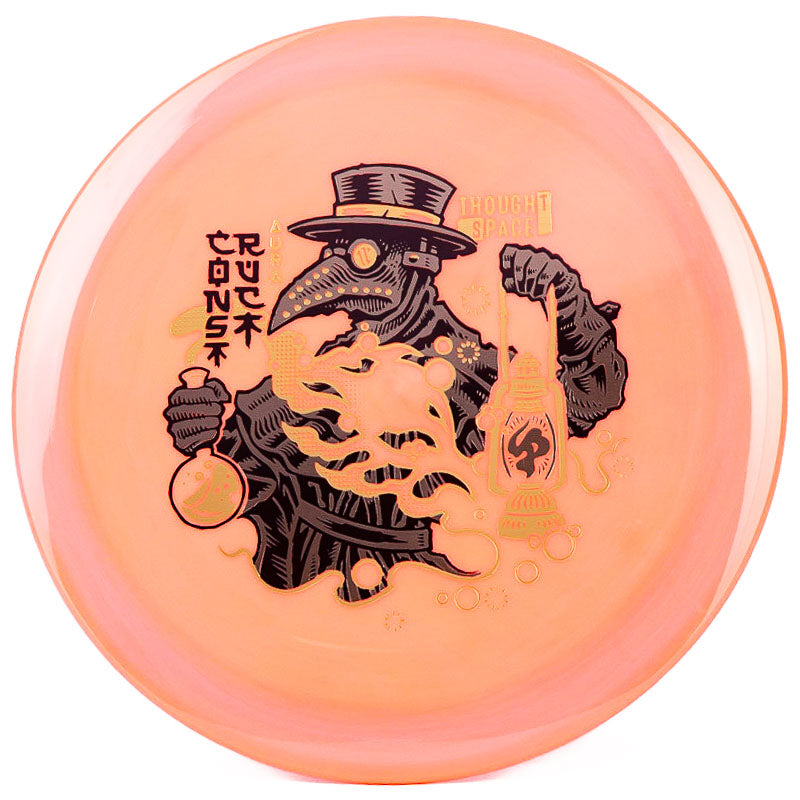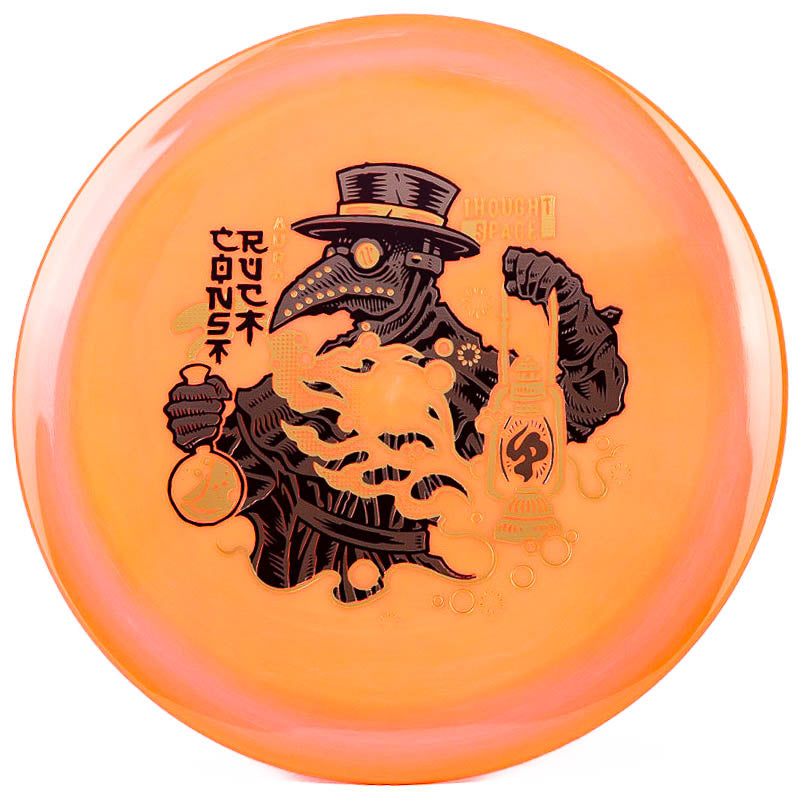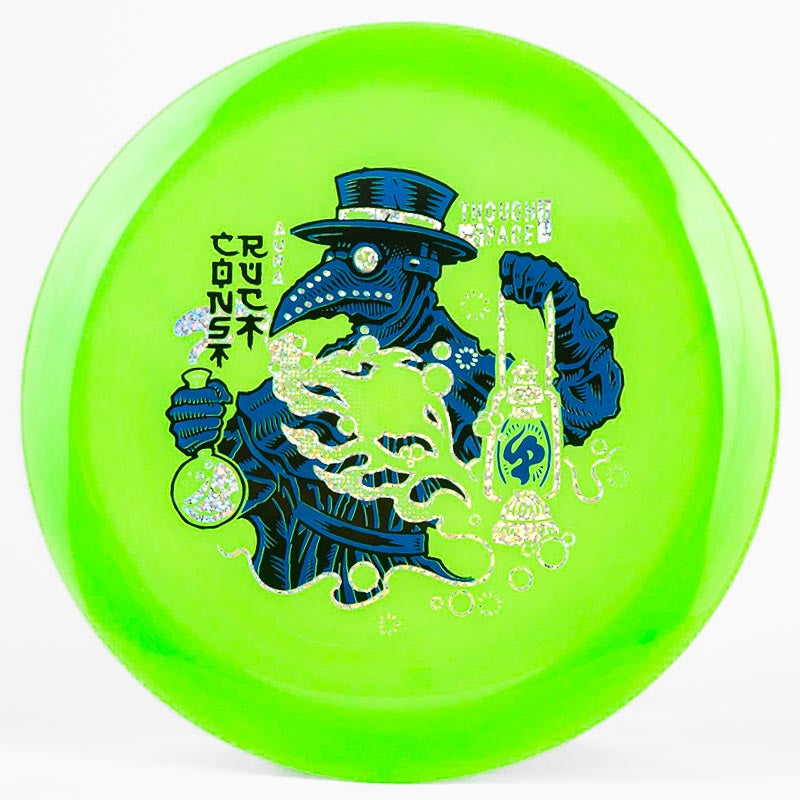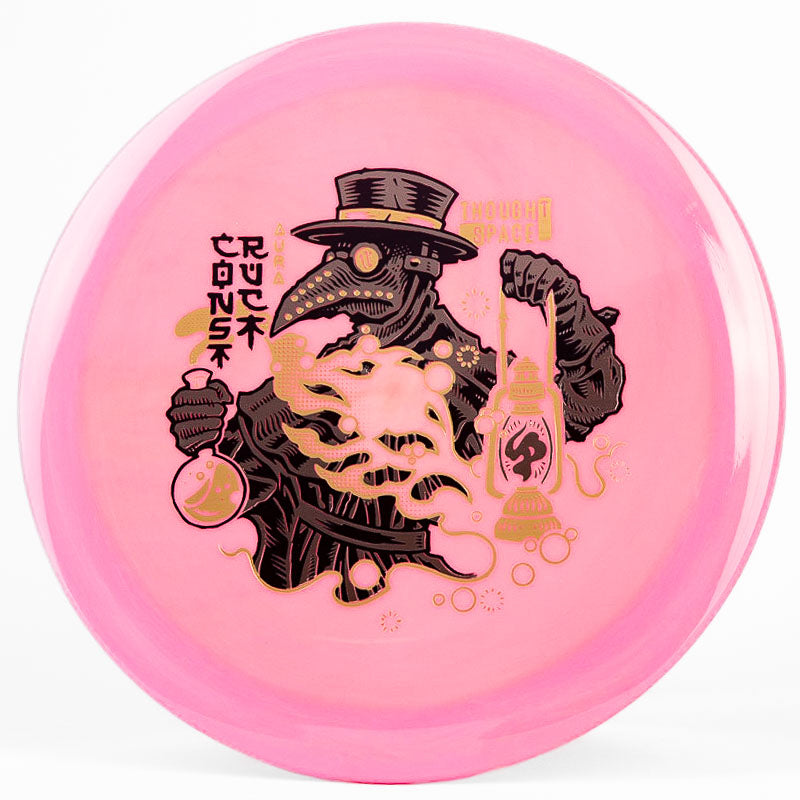Best Forehand Disc
Dialing in your sidearm? You’ll need the right tools. Whether you're a seasoned flicker or just getting the hang of it, finding the best forehand disc can seriously elevate your game. We’ve put together a collection of 10 discs that shine when thrown forehand—offering clean releases, dependable stability, and the kind of torque resistance that holds up under pressure. These discs are built to handle the heat and deliver smooth, accurate flights every time.
From forehand-friendly drivers to overstable midranges and trustworthy approach discs, this collection covers all the bases. Each pick has been hand-selected for its comfort in the hand, reliable fade, and consistency out of the flick. So whether you're shaping tight lines in the woods or ripping flex shots in the open, these discs have your back. Explore our top forehand picks below and find the disc that feels just right in your grip.

